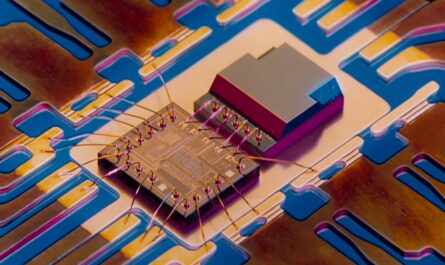It allows us to create digital 3D models of physical objects and environments. In recent years, there have been major advancements in 3D reconstruction techniques, making it possible to digitally preserve cultural heritage sites, create virtual replicas of entire cities, and more. This new technology is ushering in exciting possibilities.
History of 3D Reconstruction
The concept of 3D reconstruction is not new, but the technology required to implement it effectively has only recently become practical. Early experiments with photogrammetry in the 1800s allowed for basic 3D modeling using photographs, but results were crude. It was not until the advent of digital imaging in the late 20th century that 3D scanning started becoming viable. Important milestones included the development of laser scanners in the 1980s, multi-view stereo techniques in the 1990s, and consumer-grade depth cameras around 2010. These advances removed many of the obstacles that had previously limited 3D reconstruction to specialized domains. Today, commercial and open-source software make it accessible to a much wider audience.
Main Techniques
There are several main categories of techniques used for 3D reconstruction today:
– Photogrammetry: Creating 3D models from photographic images using computer vision algorithms to detect common points across multiple photos and triangulate depth. Popular for cultural heritage and industrial inspection applications.
– Laser Scanning: Using laser rangefinders to densely scan surfaces and generate point clouds directly in 3D space. Provides high precision but requires specialized expensive equipment. Common for engineering and architecture applications.
– Depth Imaging: Sensors like Kinect and Occipital Structure use infrared or time-of-flight techniques to directly capture per-pixel depth maps. Best for small interiors but limited range. Growing rapidly for consumer use.
– Structure from Motion: A subset of photogrammetry that builds models using only sequential photos without overlapping viewpoints. Useful for areas with limited access but reduced accuracy.
Each technique has strengths and weaknesses for different settings, and many workflows combine multiple sources of data. Advances continue to improve flexibility, quality and lower costs.
Applications of 3D Reconstruction
The digitization of real-world environments through 3D Reconstruction opens up a range of exciting applications:
Cultural Heritage Documentation
Precisely capturing artifacts, monuments and historical sites allows digital preservation even if physical structures degrade or are damaged. It gives future generations access to our cultural history. Projects include digitizing the Acropolis in Athens and Angkor Wat in Cambodia.
Engineering and Industrial Inspection
3D models facilitate complex simulations, catch manufacturing defects, and archive infrastructure like bridges and buildings. Applications extend to medicine with detailed soft-tissue scans. Remote diagnostics are now possible through digital replicas.
City and Facility Modeling
Entire neighborhoods, campuses and public venues can now be mapped in 3D. Cities use this for urban planning, emergency response modeling and virtual tours. Some areas even offer augmented reality overlays downloaded onto mobile devices. It brings new dimensions to landscape visualization.
Virtual and Augmented Reality
Immersive digital environments rebuild lost worlds or improve access to real locations. Museums transport visitors to archaeology digs worldwide. Construction planning visualizes changes before committing resources. AR merges virtual information into the live camera view of physical spaces.
Entertainment and Gaming
Highly detailed 3D environments recreate settings for movies, broadcast VR experiences and ambient virtual tourism. Game developers incorporate photorealistic characters, levels and terrains built from real data. Advanced textures and lighting enhance realism.
The techniques of 3D reconstruction help preserve cultural legacies, optimize designs and make remote experiences increasingly tangible. As hardware and software continue advancing, its role in science, education and entertainment will keep expanding in the years to come. The digital mapping of our 3D world is still in its early stages and promises to transform many industries.
Note:
1. Source: Coherent Market Insights, Public sources, Desk research
2. We have leveraged AI tools to mine information and compile it




